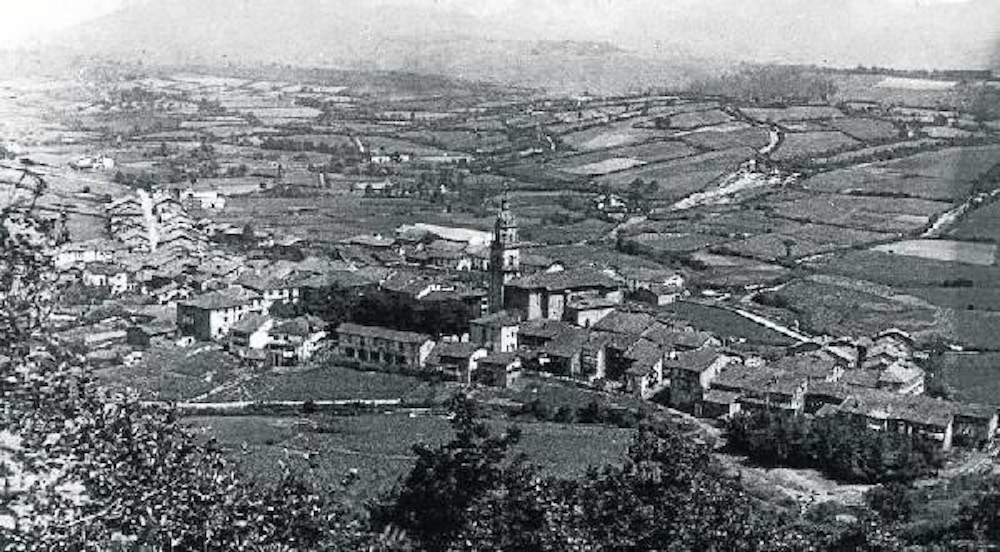On July 22, 1936, 85 years and 4 days ago, more than fifty people, many of them children, died in the bombing of Otxandio at the hands of rebel planes whose pilots herded them into the plaza before bombing and machine gunning them. The Euzkadi Government counted 57 dead. Of them, almost three quarters were civilians, and almost two-fifths, 24, were minors. A quarter of those killed, 16, were under the age of ten.
Those guilty of this war crime, and its ideological defenders, among whom are to be found historians who even today work to whitewash the acts of the Francoist insurgents, created a false tale that became the official one through the entire dictatorship. It forced the families of those killed, and the eyewitnesses to the crime, to maintain a silence fed by fear and oppression.
We’ve written quite a bit about the Bombing of Guernica, the most well-known symbol of the fascist barbarism on Basque soil, but this year, we wanted to remember Otxandio, the first aerial bombing over Basque soil in the Spanish Civil War, and in Basque history.
We may be four days late, but we simply had to share this article by brave historian Xabier Irujo, who, with his crusade against lies that have been told about what the fascists did in the Basque Country (which we’ve brought to you on several occasions), we believe will never reach the title of full professor at a university in Spain. Not that he really wants that.
In 2015, he wrote an article in the Stories of the Basques section, from the Deia newspaper, where, with a surgeon’s precision, he unraveled the fake story told by the “winners” that was based on lies, half-truths, omissions, and very little shame. It was a cynical tale based, we’re sure, on a mix of trying to justify their side and the belief than no historian would ever put their version into doubt because, after all, during the dictatorship, no one ever did. And he does so by pointing his finger straight at the creators of those falsehoods and tearing up their masks.
Knowing the truth of what happened is important. But, as the author explains at the end of his article, we have to unravel these falsehoods because behind them, “there hides a corrupt deontology: by denying, downplaying, or redrawing the past, the memory of the victims of these and other atrocities are buried, thereby denying them the right to be remembered after having been murdered and oftentimes inhumanly buried in unmarked mass graves. This, which is a crime in some countries, is rewarded in others.”
Against the lies, more truth
Lest we forget: truth, justice, and reparations
Deia – 22/7/2015- Euskadi
El bombardeo de Otxandio según el general Salas
Más de medio centenar de personas, muchas de ellas niños, murieron el 22 de julio de 1936 en el bombardeo sobre Otxandio de aviones cuyos pilotos las atrajeron a la plaza. El general Salas manipularía luego la realidad. L 22 de julio de 1936, miércoles, dos Breguet Br.19 con insignias republicanas procedentes del aeródromo de Recajo, situado a unos diez kilómetros al este de Logroño, aparecieron sobre Otxandio. Tal como expresó un testigo del bombardeo, citado por Gabriel Otalora, “era el cuarto día del levantamiento militar franquista. Estando el pueblo en plenas fiestas de la patrona, volaron sobre él a eso de las nueve de la mañana unos aviones a regular altura, más bien baja, ya que casi tocaban la torre de la iglesia. Dieron varias vueltas al pueblo. Los pilotos saludaban con las manos a la gente que absorta les contemplaba y aclamaba”.
(Follow) (Automatic translation)
PDF version
Last Updated on Jul 27, 2021 by About Basque Country































